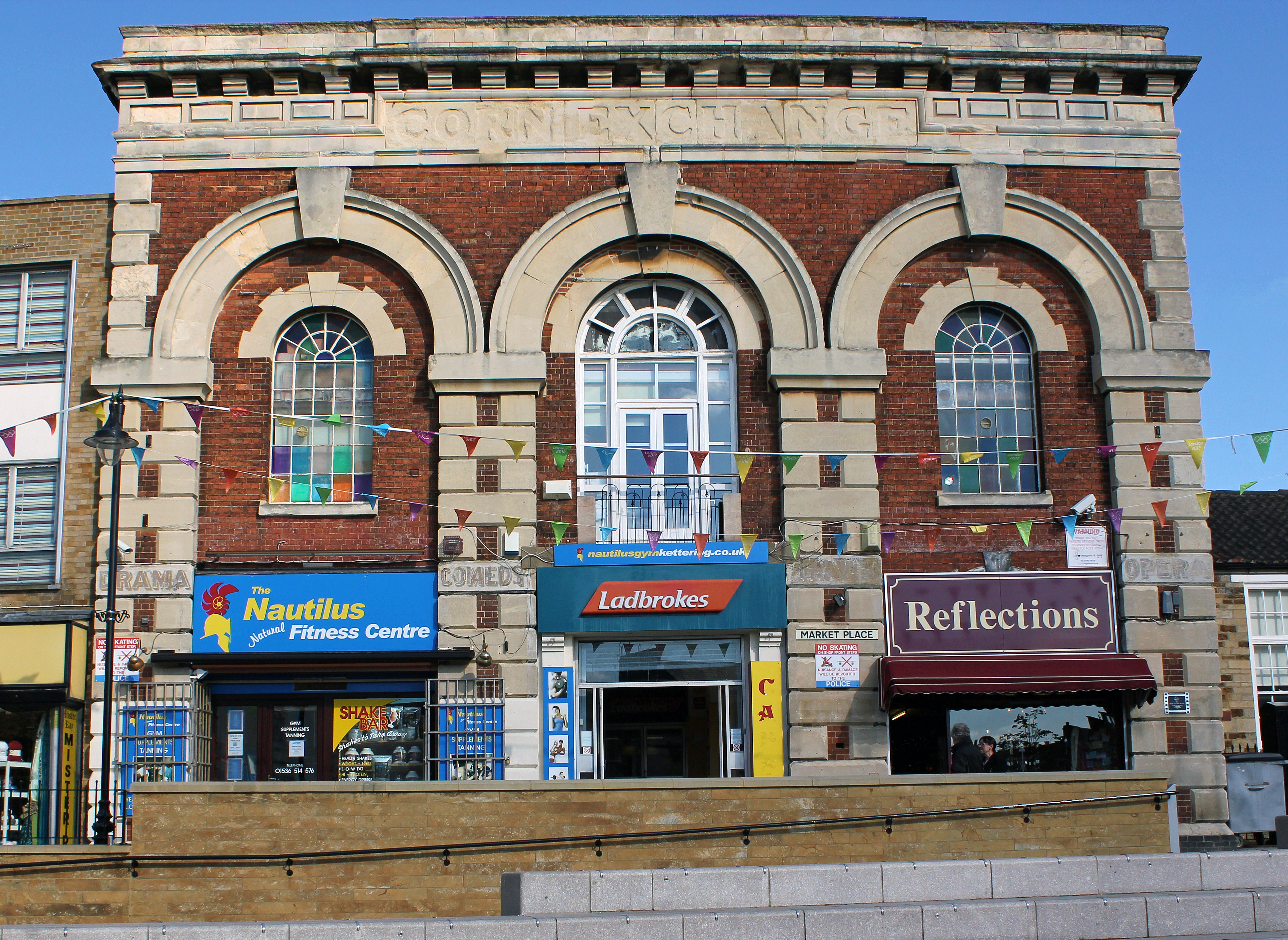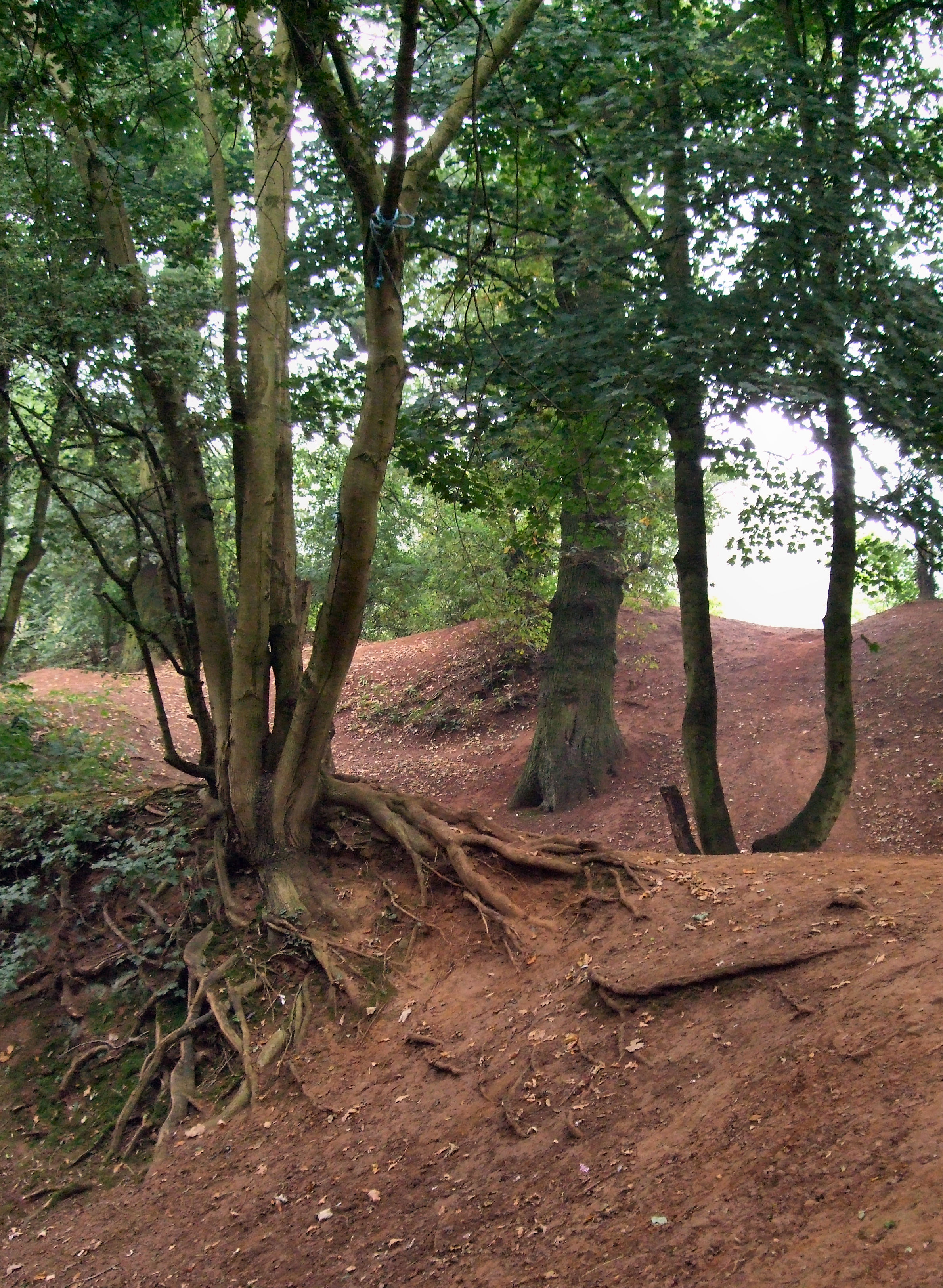|
Little Addington
Little Addington is a village and civil parish in North Northamptonshire, England, about south-east of Kettering. At the time of the 2011 census, the parish's population was 328 people. Prior to local government restructuring in 2021 the village was in the area of East Northamptonshire District Council. The villages name means 'Farm/settlement connected with Eadda/Aeddi'. Church The village church is dedicated to St Mary and dates from the late 13th to mid 14th century. It was restored in 1857 by Northampton architect E F Law. Heritage assets The following buildings and structures are listed by Historic England Historic England (officially the Historic Buildings and Monuments Commission for England) is an executive non-departmental public body of the British Government sponsored by the Department for Culture, Media and Sport. It is tasked with prot ... as of special architectural or historic interest.National Heritage List for England (Historic England) *Roman ... [...More Info...] [...Related Items...] OR: [Wikipedia] [Google] [Baidu] |
2011 United Kingdom Census
A Census in the United Kingdom, census of the population of the United Kingdom is taken every ten years. The 2011 census was held in all countries of the UK on 27 March 2011. It was the first UK census which could be completed online via the Internet. The Office for National Statistics (ONS) is responsible for the census in England and Wales, the General Register Office for Scotland (GROS) is responsible for the census in Scotland, and the Northern Ireland Statistics and Research Agency (NISRA) is responsible for the census in Northern Ireland. The Office for National Statistics is the executive office of the UK Statistics Authority, a non-ministerial department formed in 2008 and which reports directly to Parliament. ONS is the UK Government's single largest statistical producer of independent statistics on the UK's economy and society, used to assist the planning and allocation of resources, policy-making and decision-making. ONS designs, manages and runs the census in England an ... [...More Info...] [...Related Items...] OR: [Wikipedia] [Google] [Baidu] |
North Northamptonshire
North Northamptonshire is a Unitary authorities of England, unitary authority area in the Ceremonial counties of England, ceremonial county of Northamptonshire, England, and was created in 2021. The council is based in Corby, the district's largest town. Other notable towns are Kettering, Wellingborough, Rushden, Raunds, Desborough, Rothwell, Northamptonshire, Rothwell, Irthlingborough, Thrapston and Oundle. North Northamptonshire borders the City of Peterborough, Rutland, City of Milton Keynes, Milton Keynes, Huntingdonshire, Borough of Bedford, Bedford, Harborough District, Harborough, West Northamptonshire and South Kesteven districts. It has a string of lakes along the River Nene, Nene Valley Conservation Park, associated Nene Valley Railway, heritage railway, the village of Fotheringhay which has tombs of the House of York as well as a towering church supported by flying buttresses. This division has a well-preserved medieval castle in private hands next to Corby – ... [...More Info...] [...Related Items...] OR: [Wikipedia] [Google] [Baidu] |
Northamptonshire
Northamptonshire ( ; abbreviated Northants.) is a Ceremonial counties of England, ceremonial county in the East Midlands of England. It is bordered by Leicestershire, Rutland and Lincolnshire to the north, Cambridgeshire to the east, Bedfordshire, Buckinghamshire and Oxfordshire to the south and Warwickshire to the west. Northampton is the largest settlement and the county town. The county has an area of and a population of 747,622. The latter is concentrated in the centre of the county, which contains the county's largest towns: Northampton (249,093), Corby (75,571), Kettering (63,150), and Wellingborough (56,564). The northeast and southwest are rural. The county contains two local government Non-metropolitan district, districts, North Northamptonshire and West Northamptonshire, which are both Unitary authority, unitary authority areas. The Historic counties of England, historic county included the Soke of Peterborough. The county is characterised by low, undulating hills, p ... [...More Info...] [...Related Items...] OR: [Wikipedia] [Google] [Baidu] |
Corby (UK Parliament Constituency)
Corby and East Northamptonshire is a Constituencies of the Parliament of the United Kingdom, constituency in the English county of Northamptonshire. It is represented in the House of Commons of the United Kingdom, House of Commons of the Parliament of the United Kingdom, UK Parliament since July 2024 by Lee Barron (politician), Lee Barron, of the Labour Party. Prior to the 2023 Periodic Review of Westminster constituencies, the constituency was known as Corby. The 2024 United Kingdom general election, 2024 general election was the first general election in which the 'Corby and East Northamptonshire' constituency was contested following the boundary changes of 2023. History From 1832 – 1918, the village of Corby was part of the North Northamptonshire (UK Parliament constituency), North Northamptonshire constituency, which consisted of most of the Soke of Peterborough, the towns of Oundle and Thrapston and the surrounding villages and hamlets of north-eastern Northamptonshire. ... [...More Info...] [...Related Items...] OR: [Wikipedia] [Google] [Baidu] |
Civil Parish
In England, a civil parish is a type of administrative parish used for local government. It is a territorial designation which is the lowest tier of local government. Civil parishes can trace their origin to the ancient system of parishes, which for centuries were the principal unit of secular and religious administration in most of England and Wales. Civil and religious parishes were formally split into two types in the 19th century and are now entirely separate. Civil parishes in their modern form came into being through the Local Government Act 1894 ( 56 & 57 Vict. c. 73), which established elected parish councils to take on the secular functions of the parish vestry. A civil parish can range in size from a sparsely populated rural area with fewer than a hundred inhabitants, to a large town with a population in excess of 100,000. This scope is similar to that of municipalities in continental Europe, such as the communes of France. However, unlike their continental Euro ... [...More Info...] [...Related Items...] OR: [Wikipedia] [Google] [Baidu] |
Kettering
Kettering is a market town, market and industrial town, industrial town in the North Northamptonshire district of Northamptonshire, England, west of Cambridge, England, Cambridge, southwest of Peterborough, southeast of Leicester and north-east of Northampton. It is west of the River Ise, a tributary of the River Nene. The name means "the place (or territory) of Ketter's people (or kinsfolk)".R.L. Greenall: A History of Kettering, Phillimore & Co. Ltd, 2003, . p.7. At the 2021 census, Kettering had a population of 63,150. It is part of the East Midlands, along with the rest of Northamptonshire. There is a growing commuter population as it is on the Midland Main Line railway, with East Midlands Railway services direct to St Pancras railway station, London St Pancras International. Early history Kettering means "the place (or territory) of Ketter's people (or kinsfolk)". Spelt variously Cytringan, Kyteringas and Keteiringan in the 10th century, although the origin of the name ... [...More Info...] [...Related Items...] OR: [Wikipedia] [Google] [Baidu] |
2019–2023 Structural Changes To Local Government In England
Structural changes to local government in England took place between 2019 and 2023. Some of these changes continue the trend of new unitary authorities being created from other types of local government districts, which was a policy of Communities Secretary Robert Jenrick from 2019. Ceremonial counties have not seen any changes to their boundaries, as the Lieutenancies Act 1997 was amended to reflect the new local government areas that comprise them. Changes in 2019 In all new authorities created in 2019, new councils were elected on 2 May 2019, at the same time as local elections in other parts of the country. See 2019 United Kingdom local elections for details. Dorset * ''Status: Completed'' On 1 April 2019, the non-metropolitan county of Dorset and its six non-metropolitan districts were abolished, along with the unitary authorities of Poole and Bournemouth, with two new unitary authorities created in their place. The new unitary authorities are: * Bournemouth, Christch ... [...More Info...] [...Related Items...] OR: [Wikipedia] [Google] [Baidu] |
East Northamptonshire
East Northamptonshire was a local government district in Northamptonshire, England, from 1974 to 2021. Its council was based in Thrapston and Rushden. Other towns included Oundle, Raunds, Irthlingborough and Higham Ferrers. The town of Rushden was by far the largest settlement in the district. The population of the district at the 2011 Census was 86,765. The district bordered onto the Borough of Corby, the Borough of Kettering, the Borough of Wellingborough, the Borough of Bedford, the City of Peterborough, the District of Huntingdonshire, South Kesteven District and the unitary authority county of Rutland. The district was formed on 1 April 1974, under the Local Government Act 1972, by a merger of the municipal borough of Higham Ferrers, with the urban districts of Irthlingborough, Oundle, Raunds and Rushden, along with Oundle and Thrapston Rural District, and Newton Bromswold from Wellingborough Rural District. Much of the district was home to Rockingham Forest, once ... [...More Info...] [...Related Items...] OR: [Wikipedia] [Google] [Baidu] |
Northampton
Northampton ( ) is a town and civil parish in Northamptonshire, England. It is the county town of Northamptonshire and the administrative centre of the Unitary authorities of England, unitary authority of West Northamptonshire. The town is situated on the River Nene, north-west of London and south-east of Birmingham. Northampton is one of the largest towns in England; the population of its overall urban area was recorded as 249,093 in the 2021 United Kingdom census, 2021 census. The parish of Northampton alone had 137,387. Archaeological evidence of settlement in the area dates to the Bronze Age Britain, Bronze Age, Roman conquest of Britain, Romans and Anglo-Saxons, Anglo-Saxons. In the Middle Ages, the town rose to national significance with the establishment of Northampton Castle, an occasional royal residence which regularly hosted the Parliament of England. Medieval Northampton had many churches, monasteries and the University of Northampton (thirteenth century), Univers ... [...More Info...] [...Related Items...] OR: [Wikipedia] [Google] [Baidu] |
Edmund Francis Law
Edmund Francis Law, usually referred to as 'E. F. Law', (26 April 1810 – 14 April 1882, in Northampton) FRIBA was an English architect during the 19th century, notable for a large number of projects, particularly restorations, in the counties of Northamptonshire, Leicestershire and Rutland. Career His practice was based in Northampton from 1837 operating from Priory Cottage in the town. He became a Fellow of the Royal Institute of British Architects in 1862, proposed by George Gilbert Scott and others. He was also Northamptonshire County and Northampton Town Surveyor and served as Mayor of Northampton Borough in 1859. He went into partnership with Robert Clarke in 1848. This partnership was short-lived, and dissolved on 31 July 1849. He had a son, Edmund Law (1840 – 14 April 1904) who was articled to his father from 1855 and continued as his assistant at that time based at 29 Abington Street, Northampton. From 1863 he became a partner with his father and also an ... [...More Info...] [...Related Items...] OR: [Wikipedia] [Google] [Baidu] |
Historic England
Historic England (officially the Historic Buildings and Monuments Commission for England) is an executive non-departmental public body of the British Government sponsored by the Department for Culture, Media and Sport. It is tasked with protecting the historic environment of England by preserving and listing historic buildings, scheduling ancient monuments, registering historic parks and gardens, advising central and local government, and promoting the public's enjoyment of, and advancing their knowledge of, ancient monuments and historic buildings. History The body was created by the National Heritage Act 1983, and operated from April 1984 to April 2015 under the name of English Heritage. In 2015, following the changes to English Heritage's structure that moved the protection of the National Heritage Collection into the voluntary sector in the English Heritage Trust, the body that remained was rebranded as Historic England. The body also inherited the Historic Engla ... [...More Info...] [...Related Items...] OR: [Wikipedia] [Google] [Baidu] |





